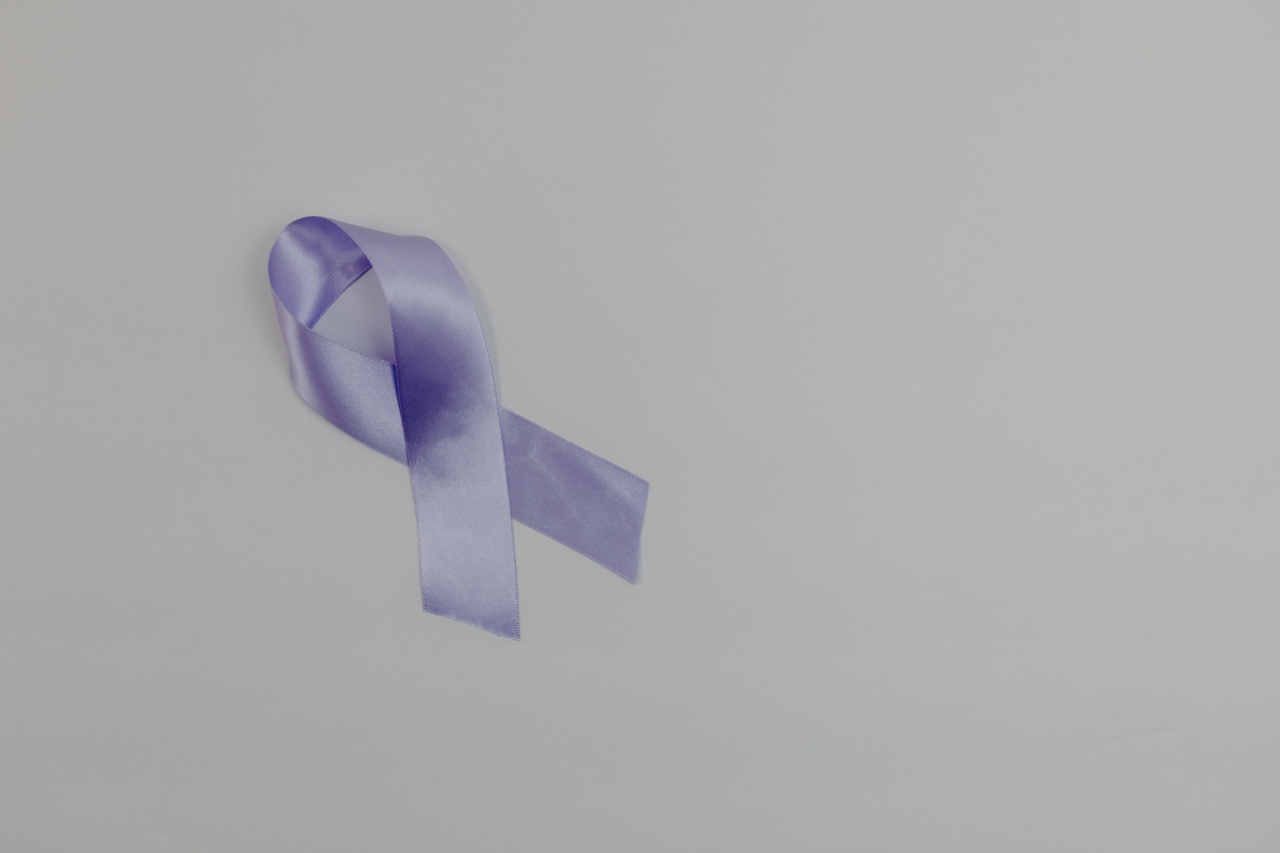Cancer is one of the most prevalent diseases that the world is struggling to cope with. In recent years, the disease has been the leading cause of death in many countries.
The severity of cancer has led to various research initiatives to understand the disease better and come up with effective treatments. In this article, we shall discuss the various stages of cancer and therapeutic shapes used to treat the disease.
The Stages of Cancer
Cancer is categorized into four stages, starting from stage 0 up to stage 4. Each stage follows a particular pattern of progress, and treatment options are usually different among the different stages. Below is a summary of the various stages of cancer:.
Stage 0
This stage is commonly known as carcinoma in situ, which refers to cancer that has not spread beyond the site of origin. For example, in breast cancer, this stage would imply that cancer cells have been isolated in the ducts or lobules of the breast.
Treatment for this stage involves the removal of the cancerous cells surgically.
Stage 1
In this stage, cancer is still localized in the area of origin but has grown beyond its site, and the cells have erratic growth patterns.
Surgery is also a common treatment for this stage, and chemotherapy may also be initiated to destroy the cancer cells.
Stage 2
In stage 2 cancer, the cells have a more significant growth pattern, and some have started to spread to neighboring lymph nodes.
At this stage, surgery is still an option, but chemotherapy and radiation may also be initiated to destroy the cancer cells.
Stage 3
At this stage, cancer has spread to nearby organs and lymph nodes. Surgery remains an option, but chemotherapy and radiation therapy are the most used treatments at this stage.
In some cases, a combination of these three treatments is used for optimal cancer removal.
Stage 4
This stage is the most advanced, where cancer has spread to distant organs of the body. At this stage, treatment options are limited to palliative care, including radiation, chemotherapy, and surgery.
Palliative care aims to prolong life and relieve symptoms to enhance the patient’s quality of life.
Therapeutic Shapes for Cancer Treatment
After identifying the stage of cancer a patient has, different therapy options are available. One of the most common treatment options is therapeutic shapes.
These shapes involve positioning the patient’s body in a particular setup, usually designed to ensure that the cancerous cells are adequately exposed to radiation or chemotherapy. Below are four common therapeutic shapes used in cancer treatment:.
Conformal Therapy
This therapy is especially useful in treating cancer that has spread. It involves focusing the radiation on the patient’s body in a particular shape, usually determined by a CT scan.
The purpose of conformal therapy is to protect surrounding healthy cells from the effects of radiation while effectively treating cancerous cells.
Stereotactic Body Radiotherapy (SBRT)
SBRT is a technique that uses high doses of radiation to treat cancer in a single or few sessions.
The radiation is focused on the cancer spot from different angles to ensure that the cancerous cells are eliminated efficiently while preserving the healthy cells. This therapy is usually used when a patient is diagnosed with a small primary tumor or has early-stage cancer.
Intensity-Modulated Radiation Therapy (IMRT)
IMRT is a therapy that uses varying intensity of radiation beams to treat many different types of cancer. It reduces the risk of radiation exposure to surrounding healthy tissues and organs.
This method uses advanced technology to modulate the strength and pattern of radiation according to the needs of the patient accurately.
Brachytherapy
Brachytherapy is a therapy that involves placing radioactive sources inside the body near or on cancerous cells to kill those cells. The therapy is suitable for tumors or cancers that are localized and have not spread to other parts of the body.
The procedure involves inserting the radioactive source into a location specific to the patient’s anatomy, and the source stays in place for an amount of time to deliver the radiation dose.
Conclusion
The stages of cancer and therapeutic shapes used to treat the disease are some of the procedures that a cancer patient may undergo.
Through these therapies, the aim is to provide relief to the patient, damage cancer cells, and improve their quality of life. It is important to note that early diagnosis of cancer leads to a higher success rate, and therefore, regular checkups are essential in detecting cancer early and seeking prompt treatment.























